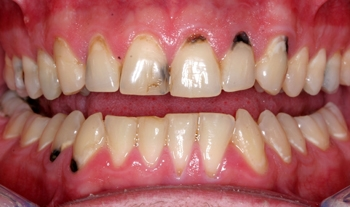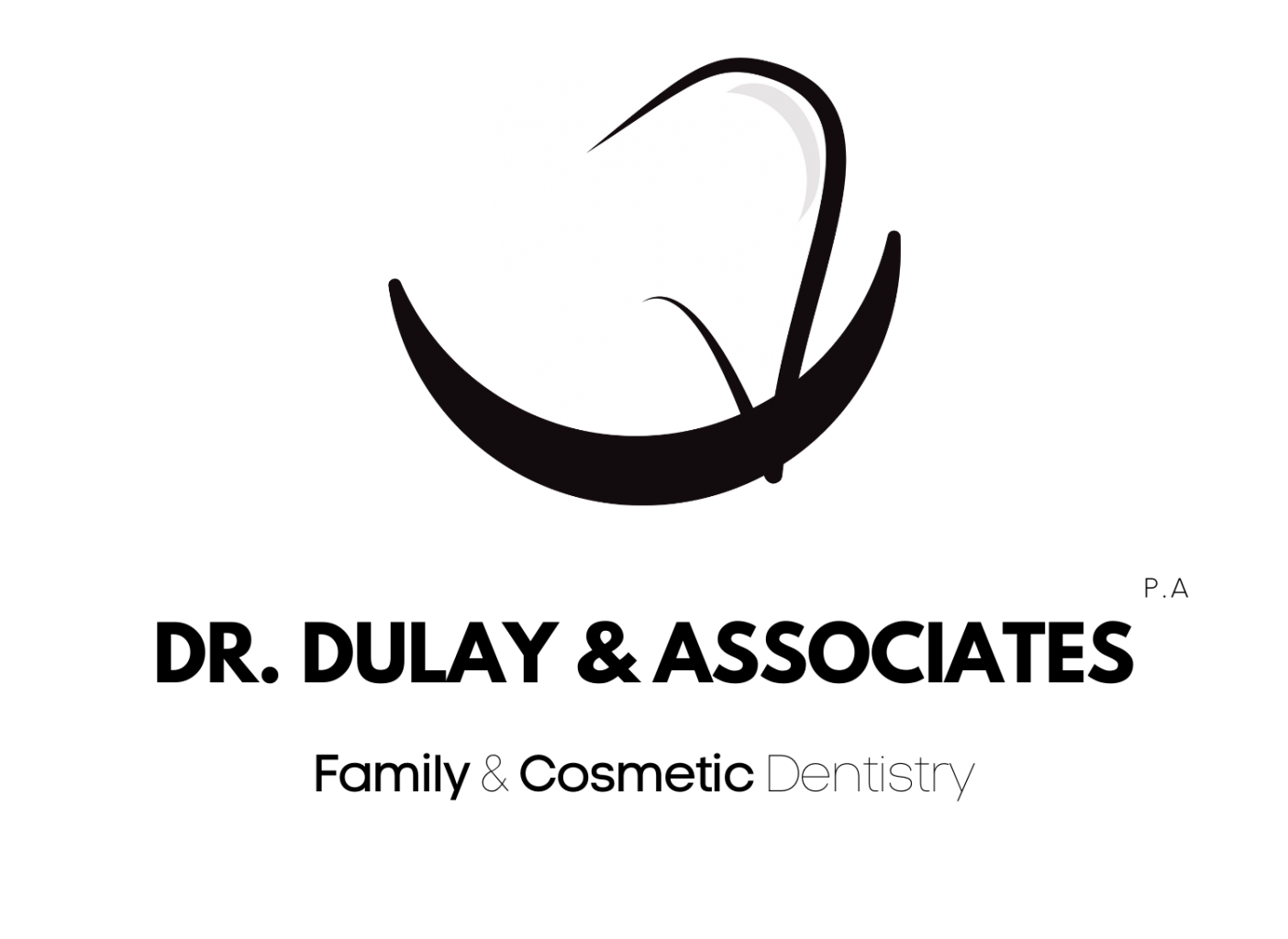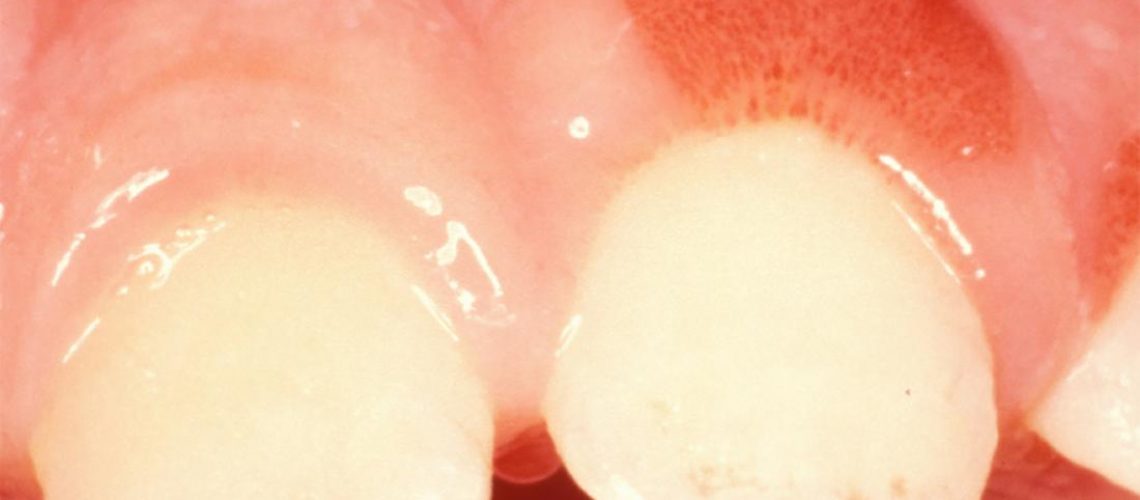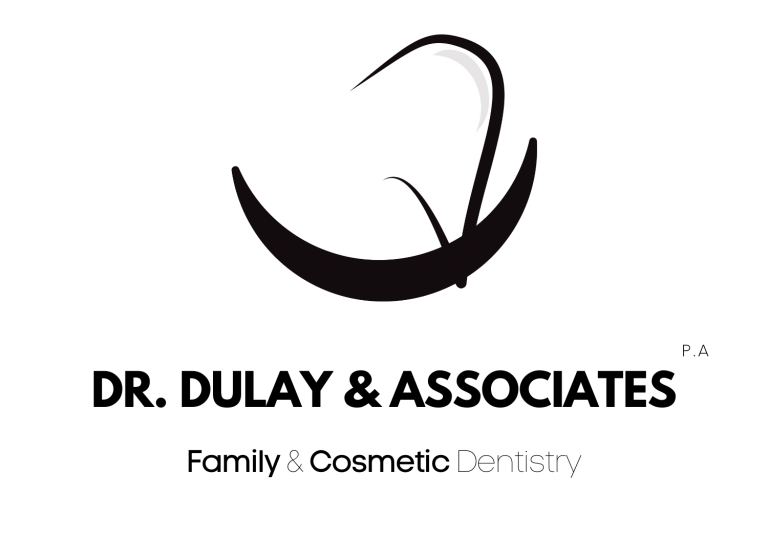The health of one’s teeth is key to their overall health. Preventing cavities and tooth decay is one of the essential ways to keep the teeth healthy as well as the condition and to avoid other complications. According to the statistic of the CDC (Center for Disease Control and Prevention), 30% of American adults have untreated tooth cavities. Untreated cavities can damage the teeth and probably create more serious dental issues.

When food and bacteria build up in the teeth, it can develop plaque. The plaque bacteria produce acids that can wear away the enamel on the surface of the teeth. With a regular flossing and brushing routine, you can get rid of the tooth cavity and sticky plaque. If the plaque enabled to build up, it would continue to eat away at the teeth and create a cavity or other dental problems. Here are a couple of the most common signs that a person may have a tooth cavity.
Signs of a Tooth Cavity
There are many possible signs that may indicate the beginning of the cavity. There are also numerous red alerts that are signs of an existing cavity is getting larger.
Cold and Hot Sensitivity
A sensitivity that lingers after ingesting cold or hot food and beverages can be a sign that a person has a cavity. When the enamel of the tooth begins to erode, it can affect the dentin, which is the tough tissue layer under the enamel. When there is not enough enamel to secure the dentin, beverages, or foods that are sticky, cold, hot, and acidic can stimulate the cells as well as nerve inside the tooth. It creates sensitivity.
Toothache
Ongoing pain in one or more of the teeth can also a sign of a cavity. In short, the ache is one of the most common symptoms of a tooth cavity. Sometimes this pain can come on suddenly, and it can occur as an outcome of something you ingest. It includes discomfort and pain in or around the mouth or feels ache and pressure while biting down on food.
Staining on Tooth
Stains on the tooth may initially appear as white spots. The stains can become darker, or tooth decay becomes more advanced. Staining caused by a cavity can be black, white, or brown, and typically seems on the surface of the tooth.
A Pit or Hole in the Mouth
If the white spots are seen on the teeth, it’s a red alert and end up with a pit or hole in the tooth that you can see while looking in the mirror or feel while you run your tongue over the surface of the teeth. A couple of holes, especially amid the teeth or in gaps, can’t felt or seen. But then again, you might feel sensitivity or pain in the area of the cavity. In order to protect your teeth from such serious dental issues, you need to make an appointment to visit your dentist as soon as possible.


